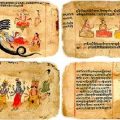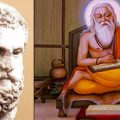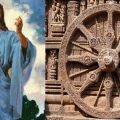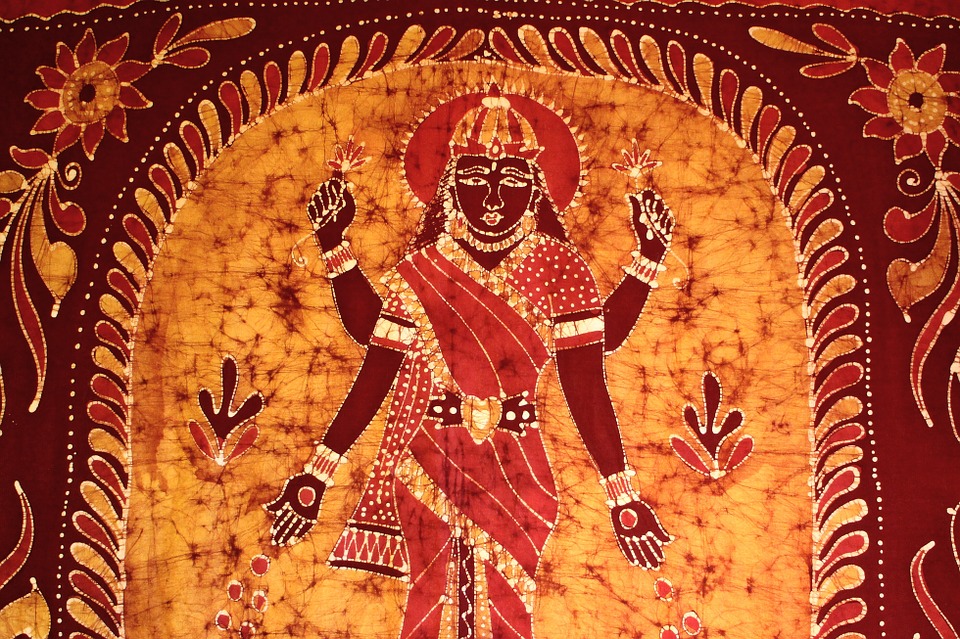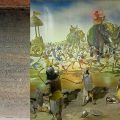Puranic Story of Rishi Agastya; Why Vedas Date Back to 12,000 BCE

Who isn’t familiar with India’s rich heritage dating back to thousands of years? Besides, Vedic and Puranic texts and folklore speak volume about our ancient past. Some of the folktales are not easily comprehended, while few can be understood on a rational basis. Here we concentrate on one of the latter type, viz. the story of Agastya, who is the author of 25 hymns (nos 1.165 to 1.191) of the first mandala of the Rigveda. He is considered as the father of the Tamil language; Agastyam, the Tamil Grammar book is attributed to the sage. He finds mention in the ancient scriptures including the epics Ramayana and Mahabharata.
The Puranic story tells us that the Vindhya mountain tried to compete with the Himalayas in height. It grew in height gradually and tried to be as tall as the Himalayas. People became afraid that it may obstruct the path of the sun; so they approached Agastya, who was the Guru (teacher) of the Vindhyas. As the sage arrived, the Vindhya mountain prostrated before him in reverence. The sage said that he was going south and that it should lie prostrated till he returned. But Agastya never returned thus laying the Vindhyas flat for ever.
It is easy to interpret this tale as an allegory to the actual crossing of the Vindhyas by Agastya, a northerner, for the first time in history. In ancient times, it was easier to cross the seas by navigation. But it was quite difficult to traverse the mountainous land covered with thick forests and inhabited by wild animals. Hence it was a great feat on the part of Agastya to cross the Vindhya mountain. In fact, it is further told that sage Agastya drank the ocean and later filled it up again, which is another way of saying that he had also crossed the sea.
Sage Agastya was quite popular in Indonesia, the land beyond the Indian Ocean. He was regarded as the principal Guru in Indonesia, substantiated by Javanese literature, especially Agastyaparva. This text was written during the 11th century.
Do you know Canopus, the second brightest star in the night sky, is called Agastya in India? This star is close to the ecliptic south pole, having an ecliptic latitude of –76°. As the celestial poles go round the ecliptic poles due to the phenomenon of precession of the earth’s axis of rotation, this star becomes visible from different latitudes on the globe at different times. If we assume that for a star to be visible at a place its altitude at the meridian passage should be at least 5°, then calculations give the visibility curve for Agastya (Canopus).
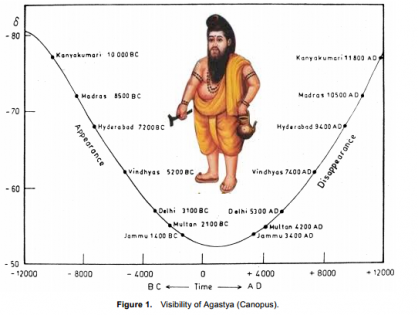
Source: Pinterest
Agastya was not visible from any part of India before 10,000 BC. First it became visible at Kanyakumari around that time period. Thereafter, as it was brought more and more northwards by precession, it became visible at various places in India. It became visible in the east coast (in the present Chennai region) in 8500 BC, and in the present day Hyderabad in 7200 BC, in the Vindhya region in 5200 BC, at Delhi in 3100 BC, etc. At present it is visible from most parts of India for longer or shorter durations. This cycle will repeat after every 25,725 years. It is thus clear that around 5000 BC, the star Agastya was visible from the south of the Vindhyas, but not from the north of it. If sage Agastya was the first to cross the Vindhyas from the north, he would have been the first northerner to see the star. Hence the star has been named after him, just as the Magellanic clouds in the southern sky are named after the navigator Magellan, who first saw them as he sailed southwards.
This fixes an epoch of 5000 BC for sage Agastya. This date is based on the assumption that for a star to be visible, its meridian altitude has to be at least 5°. If we make 8° meridian altitude as the criterion for visibility, the date of Agastya would be shifted to about 4000 BC. The dates 5000 and 4000 BC should therefore bracket the probable epoch of Agastya crossing the Vindhya mountains.
This article is part of ‘JEWELS OF BHARATAM SERIES [TM]‘. Further ref: iisc.ac.in. Featured image courtesy: KidsGen and Wikimedia.
Disclaimer: The views expressed here are solely of the author. My India My Glory does not assume any responsibility for the validity or information shared in this article by the author.
Riddhi Acharya
Latest posts by Riddhi Acharya (see all)
- Puranic Story of Rishi Agastya; Why Vedas Date Back to 12,000 BCE - October 23, 2024

